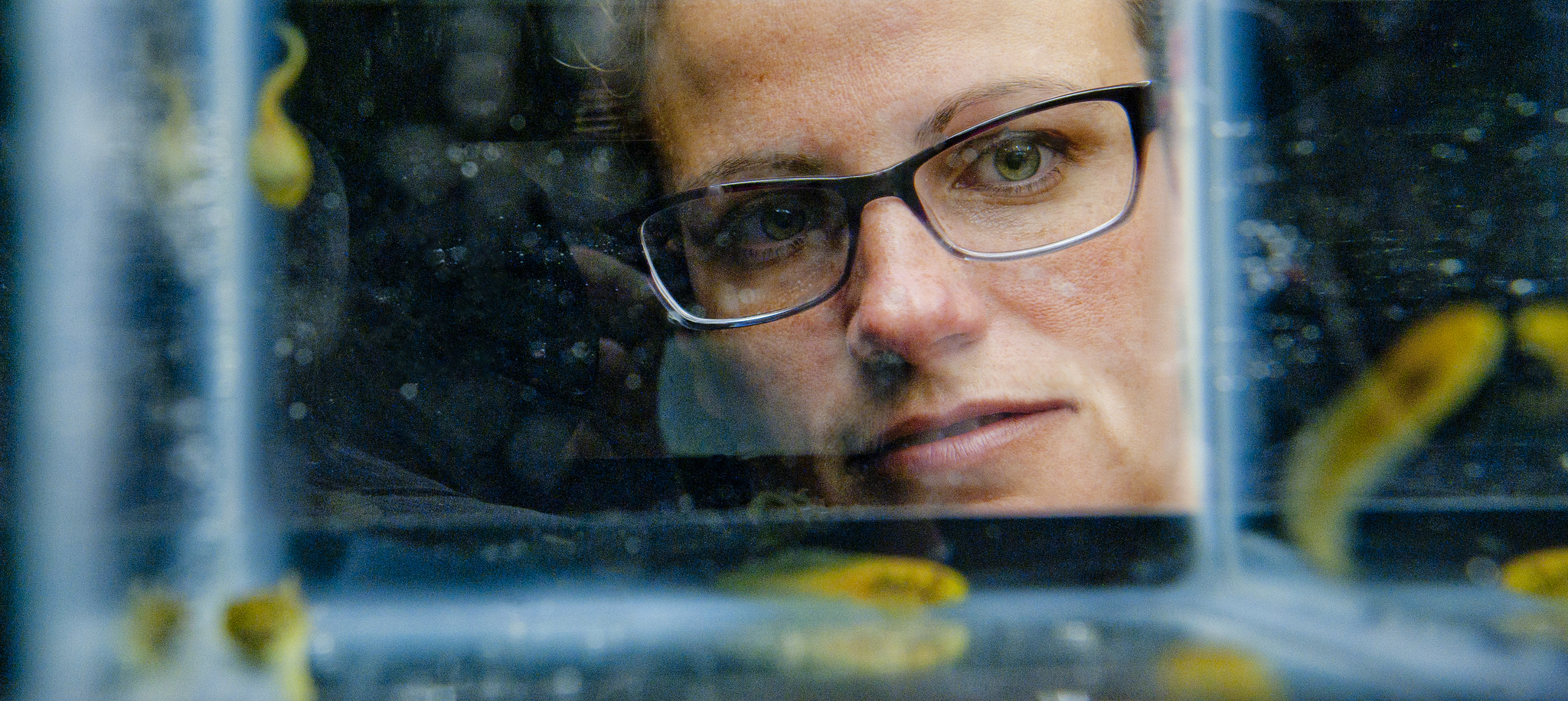There Are Now 8,000 Fake Science ‘Journals’ Worldwide, Researchers Say

Credit to Author: Bryson Masse| Date: Wed, 06 Sep 2017 17:00:00 +0000
The term “predatory publisher” was relatively unknown a decade ago, but today, scammy science journals are a growing problem. Simply put, these dishonest publications convince scientists to submit their research, often through a barrage of spam emails. But the publication doesn’t perform any editorial or peer review, and after the paper is published (or put on the internet, at least), it will often ask for exorbitant “publication fees.”
With the ability to create official-looking web pages and emails, predatory publishers have gone global. Today, there are about 8,000 active “journals,” publishing roughly 400,000 research articles a year, according to researchers who’ve published a new investigation in Nature. This leads to wasted resources—including lab animals used in studies, and patient data—and scientific potential, as methods and results often aren’t up to scientific rigour or can’t be easily located by others who might want to consult their findings later on.
“The work put in these outlets is not likely to be shared or disseminated or read or built upon,” study co-author Larissa Shamseer told me in a phone interview. She is a PhD candidate at the Ottawa Hospital Research Institute’s Centre for Journalology.
Read More: Fake Science News Is Just As Bad As Fake News
“I would say that the vast majority of researchers believe predatory journals are a problem of low income countries,” Shamseer said. Contrary to that view, 57 percent of the 1,907 clinical and preclinical biomedical research papers included in the study, which were published in suspected predatory journals, were found to be from high or upper middle income countries, and often from prestigious research institutions. “What we show is that while the journals may be invented, so to speak, in low income countries, they’re populated by researchers all around the world.”
The Nature authors determined which papers to include in their study through a random selection of publications found in Jeffrey Beall’s now-defunct list of “potential, possible, or probable” predatory journals. Beall, who shut down the list for personal reasons, used criteria laid out by the Committee on Publication Ethics to decide whether a publication should be included.
“This is the first time we’ve actually been able to quantify the number of humans and animals that are potentially being affected”
The new paper found that the US National Institutes of Health was one of the more common funders of research found in these suspected predatory journals. However, authors caution that this isn’t unexpected, because the US publishes more than any other country, most of it in legitimate journals.
The study authors estimate that data from 2 million clinical trial patients was found among the biomedical papers they analyzed. They also think that at least 8,000 lab animals were used unnecessarily.
“This is the first time we’ve actually been able to quantify the number of humans and animals that are potentially being affected,” said co-author Kelly Cobey, publications officer at the OHRI. “We justify the use of animals in biomedical research because through studying preclinical research problems using animal models we’re then able to translate that and improve health care for humans later on,” said Shamseer.
Another problem is that many of these studies are “unindexed”— anything published doesn’t show up in systems like Medline or PubMed, databases of medical research.
And the scientific methods used in these papers were often found to be garbage. Just three percent of the 200 randomly picked articles reported using blind control groups, and only 40 percent of the entire sample reported approval from an ethics committee, both of which are standard ways to prevent bias in scientific research. In mainstream publications, that number would be 90 percent in animal testing, and 70 percent in human studies, the researchers said.
In terms of solutions, these authors call for more stringent oversight from funders and institutions. On the other side of the coin, more needs to be done to discourage people from padding their CVs with junk papers. In a bid to give tools to researchers to avoid getting burned, the OHRI’s study includes ways to identify fake publications. They suggest watching for publications that have no retraction policy, bad spelling and grammar, and low resolution images.
Educating scientists about this problem is important, too. “It’s a little bit surprising because publishing is a huge component of what we as researchers do, but most skills in publishing are actually learned on the job,” said Cobey.
Predatory publishers aren’t just harming the researchers they scam. They’re fundamentally threatening the advancement of science.
Get six of our favorite Motherboard stories every day by signing up for our newsletter .